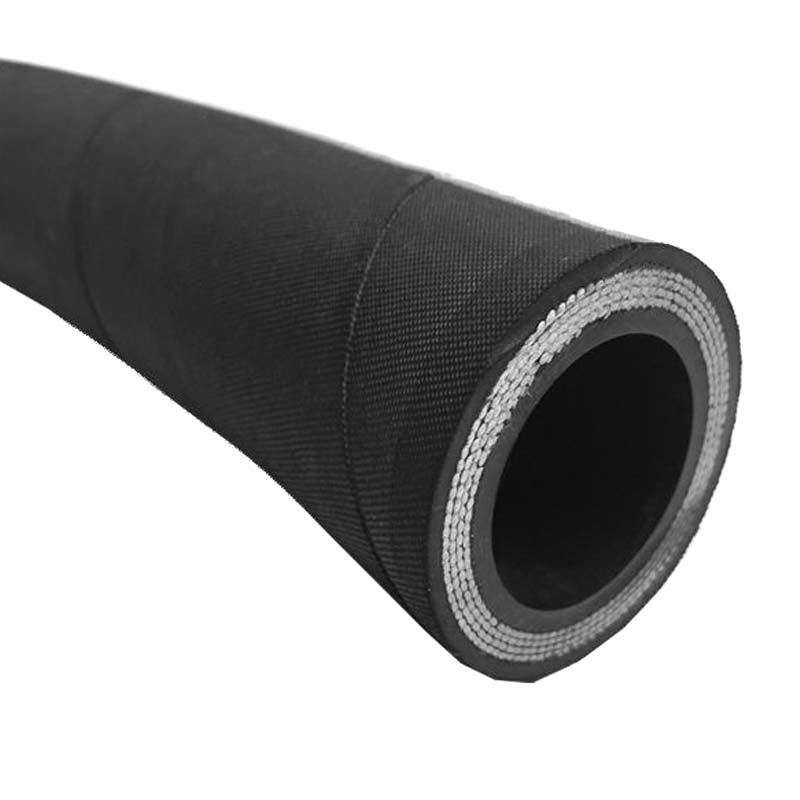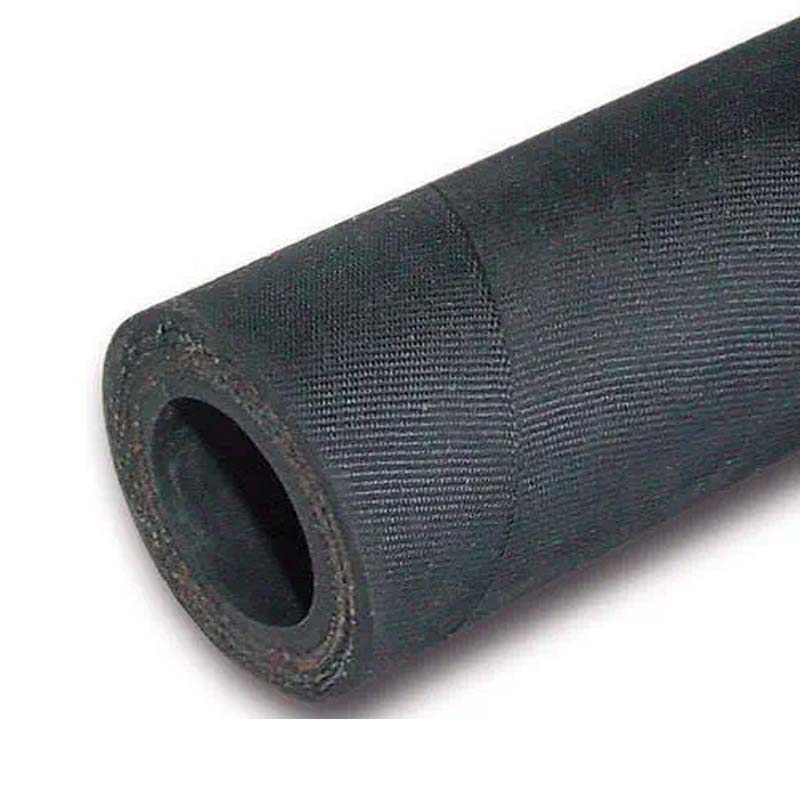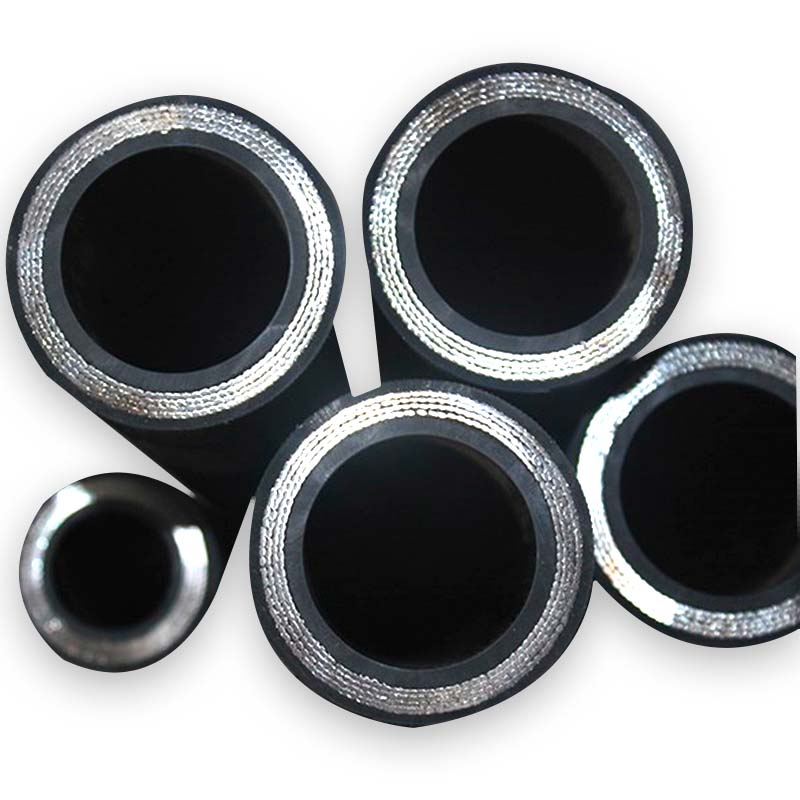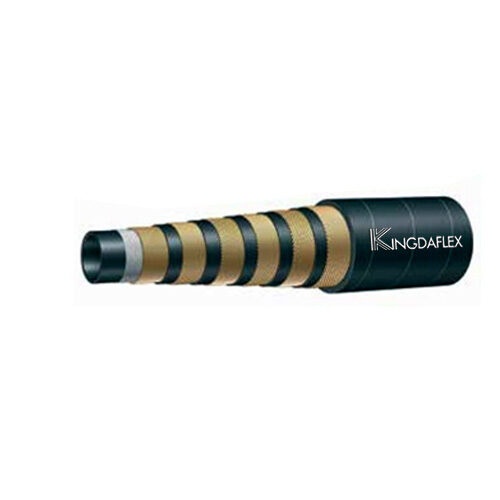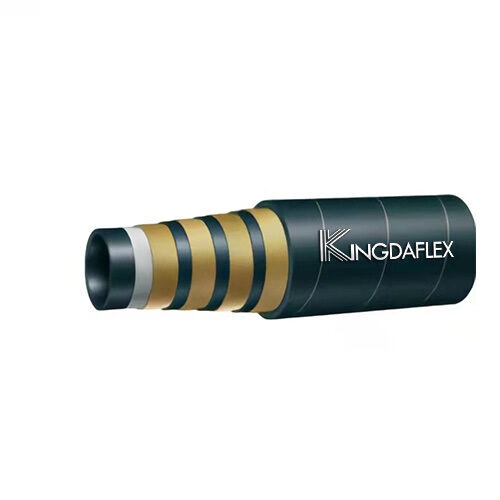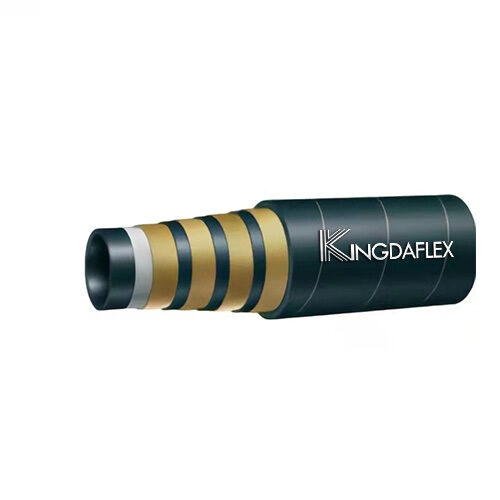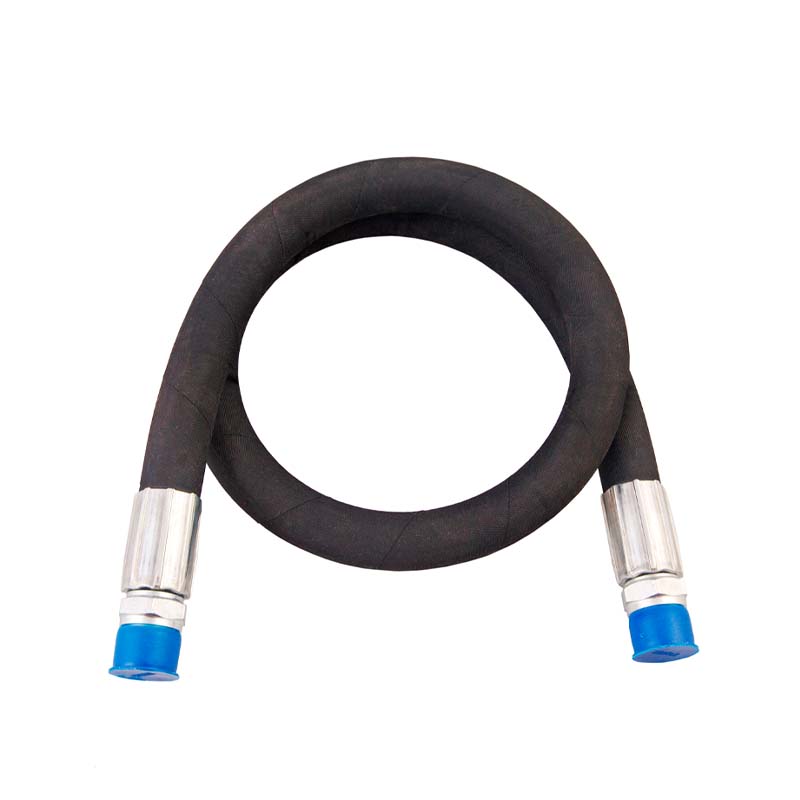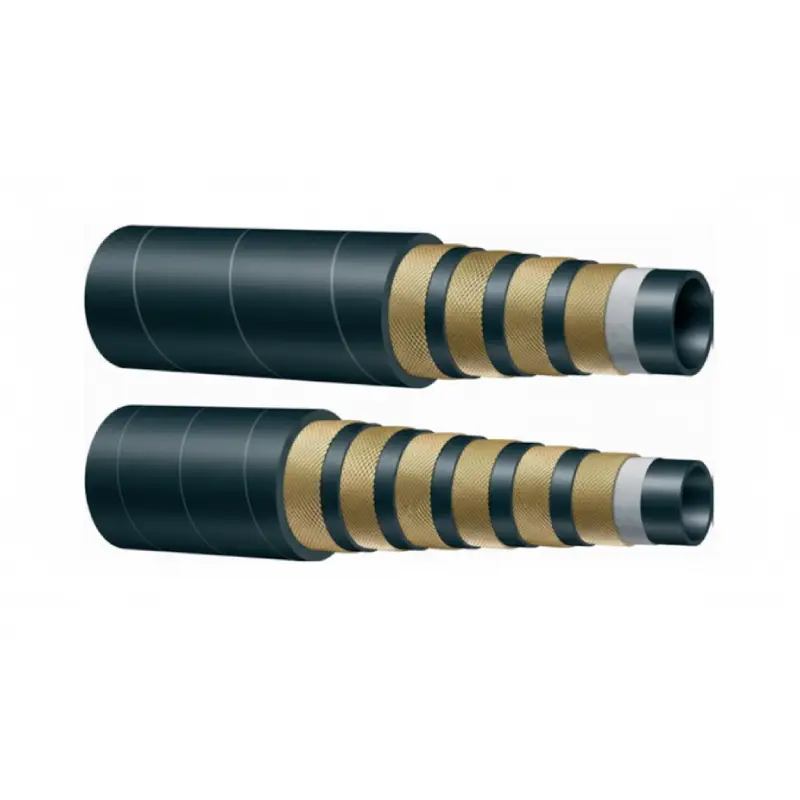Spiral and braided hydraulic hoses serve similar purposes but differ in construction, flexibility, and pressure capacity.
Spiral hydraulic hoses use multiple layers of steel wire for high-pressure performance, while braided hydraulic hoses have woven wire layers for better flexibility. Choosing the right type depends on your hydraulic system’s pressure and routing needs.
Construction – Spiral hoses feature four to six layers of spiral steel wire, providing maximum strength for heavy-duty applications. Braided hoses use one or two layers of woven wire, offering moderate strength but greater flexibility for easier installation in tight spaces.
Pressure capacity – Spiral hoses handle extremely high pressures, making them suitable for demanding machinery like excavators and mining equipment. Braided hoses support medium to high pressures, ideal for lighter machinery and less demanding hydraulic systems.
Flexibility – Braided hoses are more flexible and easier to route around bends, while spiral hoses are stiffer due to multiple spiral wire layers. This rigidity ensures high-pressure performance but limits tight installation angles.
Durability – Spiral hoses are highly durable under continuous high pressure and heavy loads, resisting kinks and bursts. Braided hoses are durable but less resistant to extreme pressure, making them more suitable for moderate applications.
Applications – Spiral hoses are preferred in construction, mining, and heavy industrial equipment, while braided hoses are used in agricultural, automotive, and general hydraulic systems where flexibility and moderate pressure handling are sufficient.

